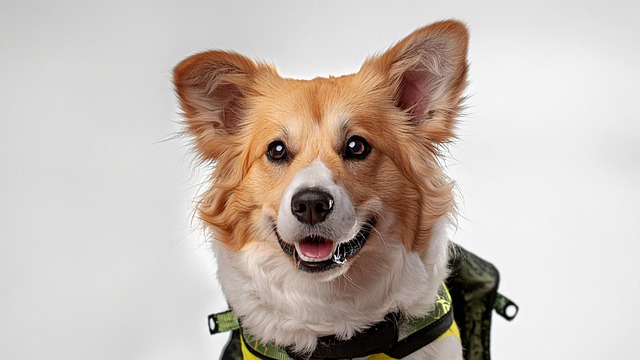
Why can’t dogs have coconut water
Why can’t dogs have coconut water? It’s a question that might pop into your head on a sweltering Miami afternoon
Imagine coming home after a long day, excited to fill your pup’s bowl, only to watch them nudge it aside with a disinterested sniff. For new dog owners, this picky-eating habit can spark panic—are they sick? Bored? It’s a common stressor, but there’s often more to it than just a finicky palate.
Dogs rely heavily on routine and senses, not just taste. A study in canine behavior notes that stress—from a new apartment, a busy household, or even a changed feeding spot—can dull their appetite. Their powerful noses pick up anxiety cues, making even favorite kibble feel unappealing. It’s less about the food, more about their world around it.
Start with a strict mealtime routine. Pick two 15-minute windows daily—say 7 a.m. and 6 p.m.—and remove the bowl once time’s up, no exceptions. This teaches them meals are limited, not endless. In apartments, set their bowl in a quiet corner, away from noisy TVs or foot traffic; calm spaces boost appetite.
 Resist the urge to constantly switch foods. Dogs learn quickly that turning up their nose might mean a “better” option later. If switching brands, mix 25% new food with 75% old, upping the ratio weekly. Skip table scraps—those pizza crusts or leftover fries? They train pups to hold out for human food, a tough cycle to break. Positive reinforcement works here: praise them when they eat, no scolding if they don’t.
Resist the urge to constantly switch foods. Dogs learn quickly that turning up their nose might mean a “better” option later. If switching brands, mix 25% new food with 75% old, upping the ratio weekly. Skip table scraps—those pizza crusts or leftover fries? They train pups to hold out for human food, a tough cycle to break. Positive reinforcement works here: praise them when they eat, no scolding if they don’t.
Add small, vet-approved mix-ins to entice them. A spoonful of plain pumpkin (not pie filling) or steamed carrots adds texture without upsetting tummies. Avoid anything with onions, garlic, or xylitol—these are toxic, and keeping pets safe aligns with U.S. animal welfare guidelines. Always check with your vet first, especially for breeds prone to allergies.
If picky eating sticks around, book a vet visit. Tooth pain, digestive issues, or even thyroid problems can masquerade as fussiness. Regular check-ups aren’t just good practice—they’re part of responsible pet ownership, right alongside cleaning up after them on walks and keeping vaccines current.
Patience beats pressure. Forcing food or scolding will only stress them more, deepening the habit. Instead, pair meals with short walks first—exercise stokes hunger. Over time, your pup will learn mealtime is predictable, pleasant, and worth sticking around for.

Why can’t dogs have coconut water? It’s a question that might pop into your head on a sweltering Miami afternoon

You're standing in the grocery aisle, eyeing that $12 rotisserie chicken and wondering if cooking for your Golden Retriever could save money over that $70 bag of premium kibble.

You’re scrolling Amazon at 2 a.m., wondering if that "superfood" vitamin blend will transform your lethargic terrier into a frisbee champion.

Imagine standing in your kitchen, holding a bowl of kibble, while your rescue terrier sniffs it once and walks away—again. For new dog owners, this can feel alarming, like you’re failing at the most basic part of care.

Can I give my dog vitamin pills? It’s a question that pops up when you’re staring at the pet aisle in a Florida grocery store, holding a bottle of “multivitamins for dogs” and wondering

Bringing home a new puppy is exciting, but if you’re not sure of their age—maybe you found them wandering the neighborhood or adopted from a shelter without papers—it can feel like solving a tiny mystery.